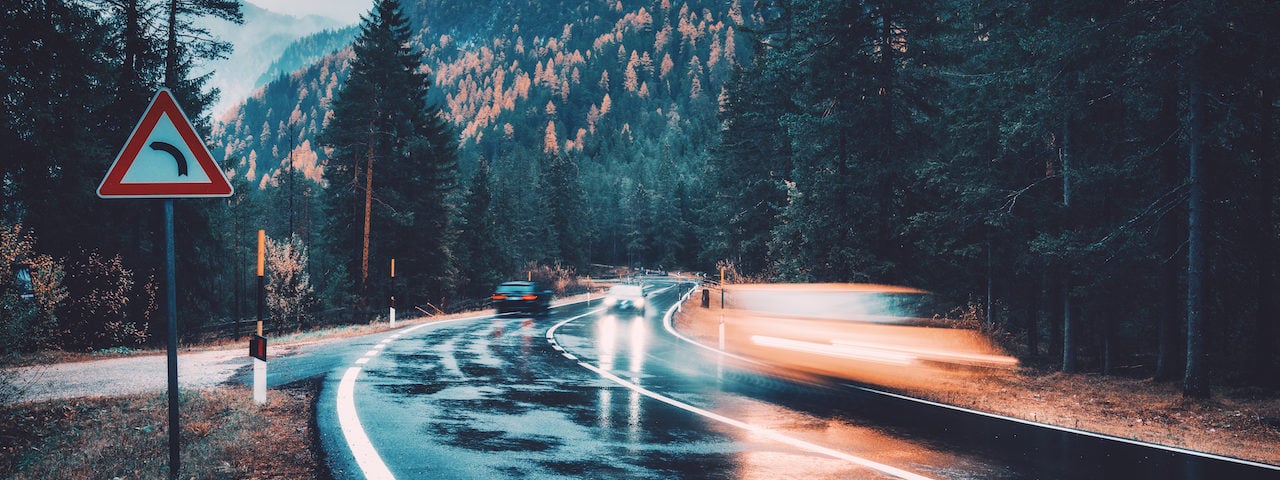Auto insurance is a type of coverage designed to protect drivers from financial liability in the event of an accident. Generally, auto insurance covers accidents caused by another person’s negligence or other external factors like weather conditions. However, there is some debate surrounding whether auto insurance covers an accident caused by hydroplaning.
Here are 6 reasons why auto insurance may or may not cover an accident caused by hydroplaning:
1. The Driver’s Insurance Company
Depending on the driver’s insurance company, they may or may not provide coverage for an accident that is determined to be a result of hydroplaning. Each insurer has their own policy when it comes to covering accidents caused by hydroplaning, so it’s important for drivers to do their research and understand the details of their policy.
2. The Driver’s Policy Deductible
Many auto insurance policies include a deductible, which is an amount that must be paid before coverage starts. If the damages from a hydroplaning accident exceed the deductible, then the driver’s insurance company may be required to cover some of the cost. However, if the damages fall below the deductible then it is likely that the driver will have to pay for any repairs or medical bills associated with the accident out-of-pocket.
3. Weather Condition Exclusions
Some auto insurance policies may have exclusions for accidents caused by weather conditions, including hydroplaning. This type of exclusion is typically included in policies that are less comprehensive and offer fewer coverage options.
4. Liability Coverage
Most auto insurance policies include liability coverage, which covers the cost of damages or injuries sustained by another person in the event of an accident. In the case of a hydroplaning accident, liability coverage may apply if the driver is held responsible for damages or injuries caused to another party.
5. Comprehensive Coverage
Comprehensive auto insurance policies often include additional coverage options such as collision and comprehensive coverage, which protect drivers from damage to their vehicle regardless of fault. In the case of a hydroplaning accident, comprehensive coverage may provide some level of protection against costly repairs or damage to the vehicle.
6. Uninsured Motorist Coverage
Uninsured motorist coverage is an optional type of insurance that covers costs associated with an accident where the other driver is at fault and does not have insurance. This type of coverage may provide protection in the event of a hydroplaning accident, depending on the specifics of the policy.
Ultimately, whether auto insurance covers an accident caused by hydroplaning will depend on several factors such as the driver’s insurance company, deductible, and type of coverage they have. It’s important for drivers to understand the details of their policy and know what type of coverage they have in order to make an informed decision.
